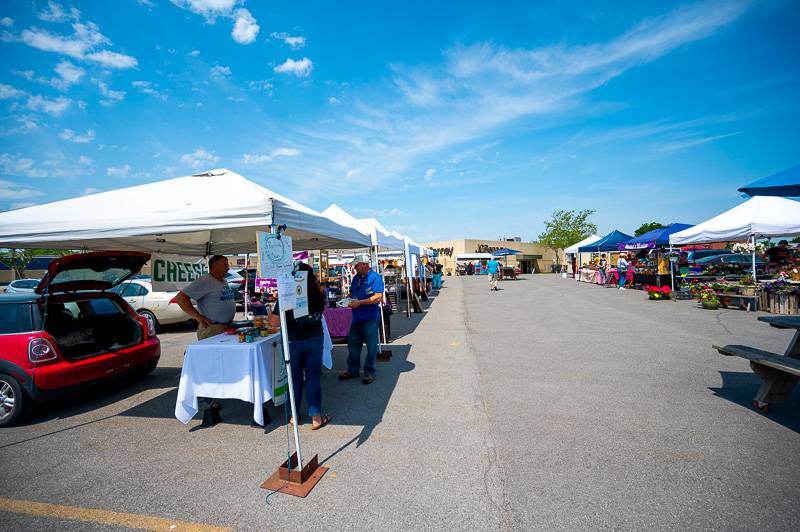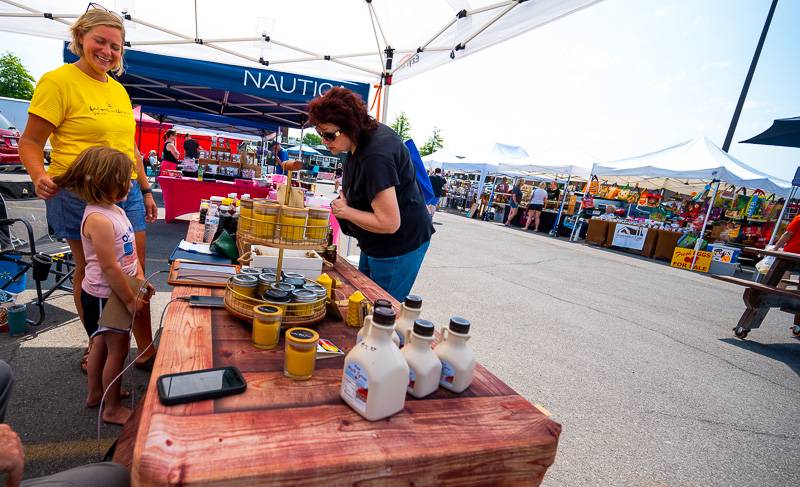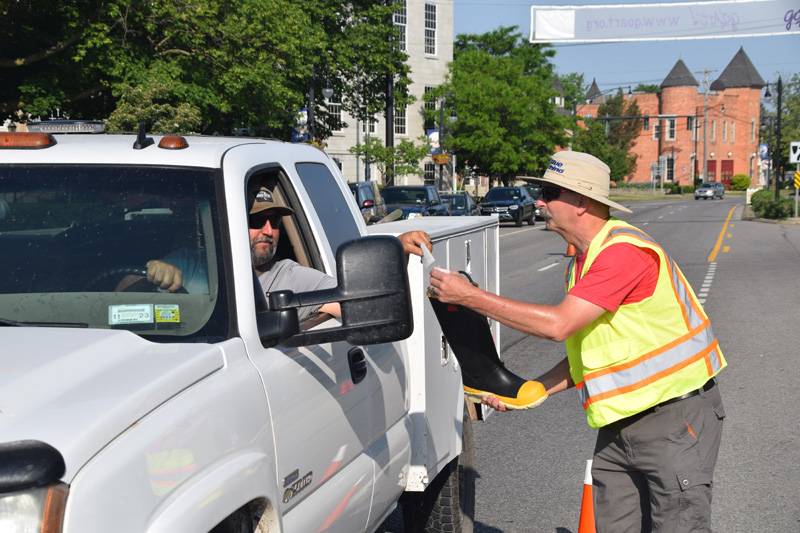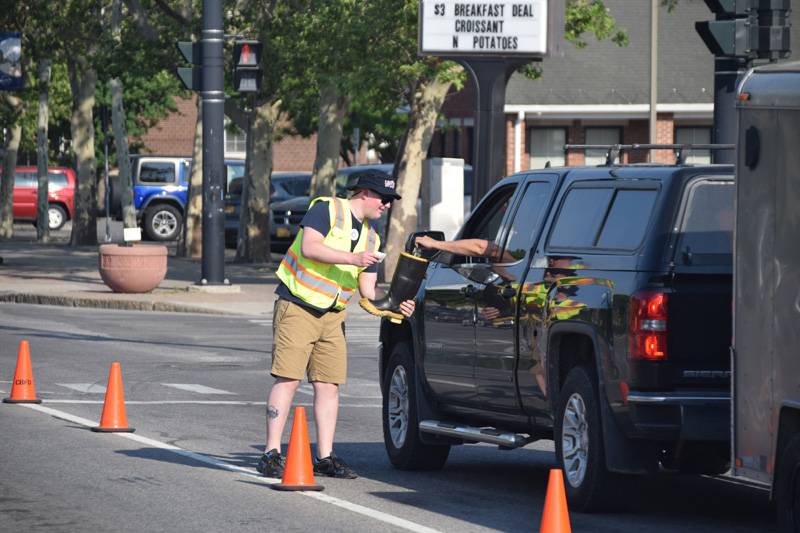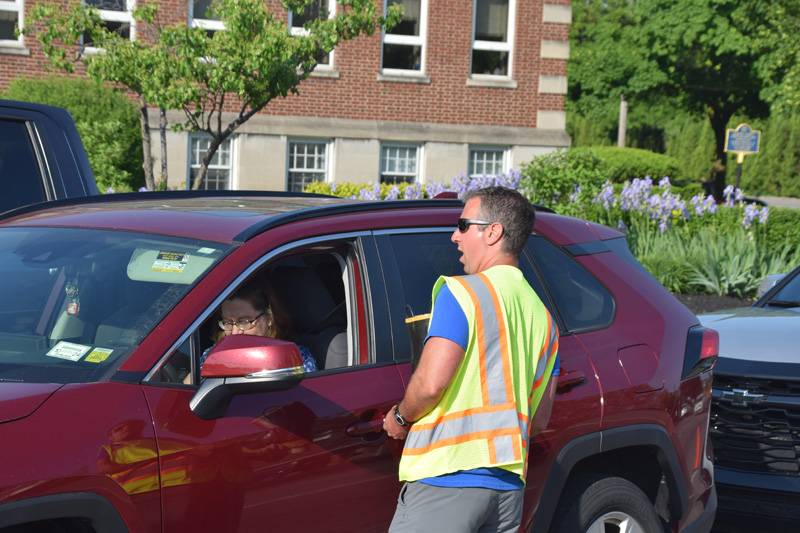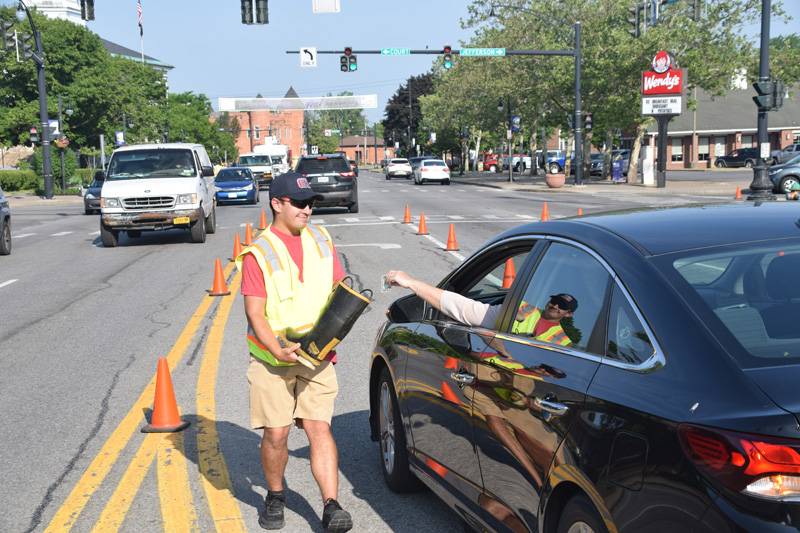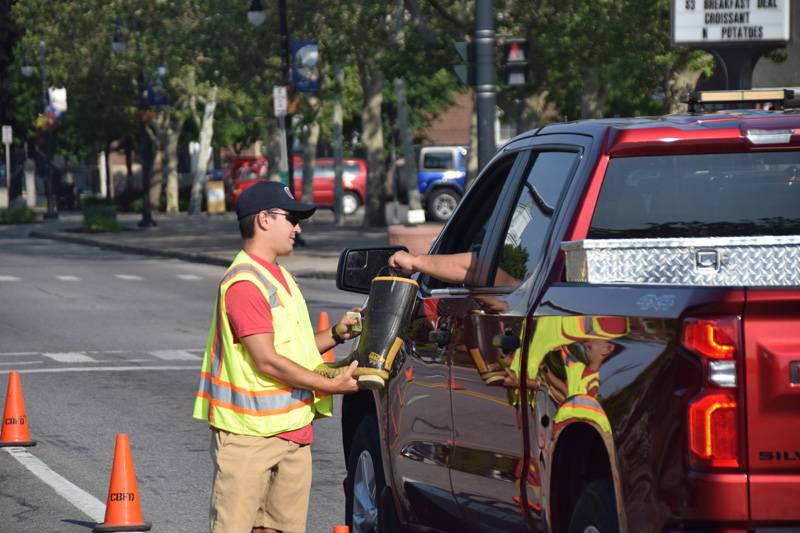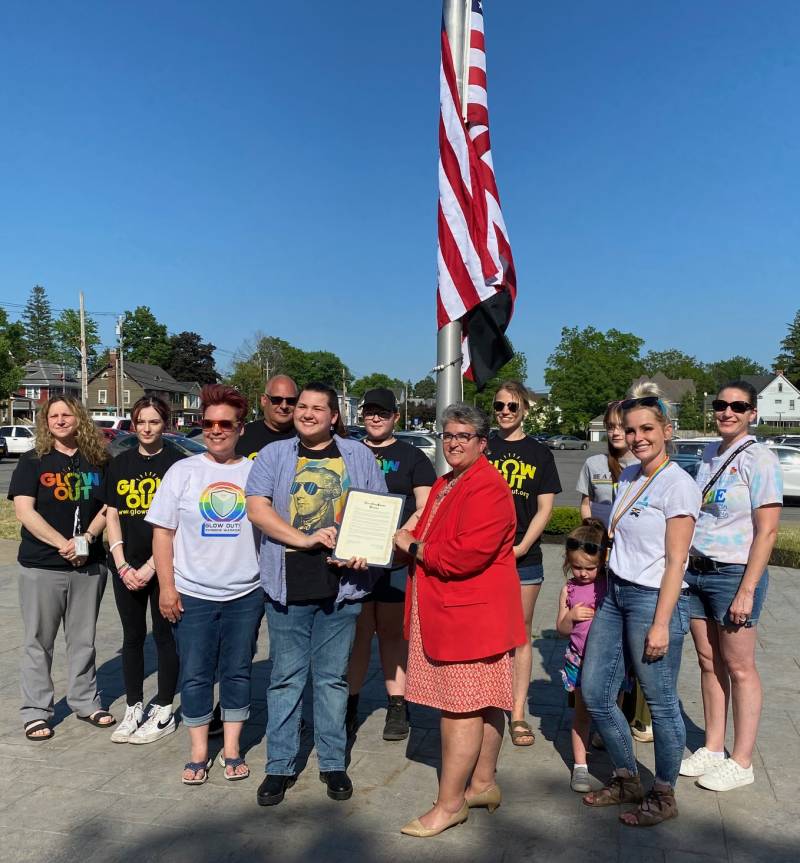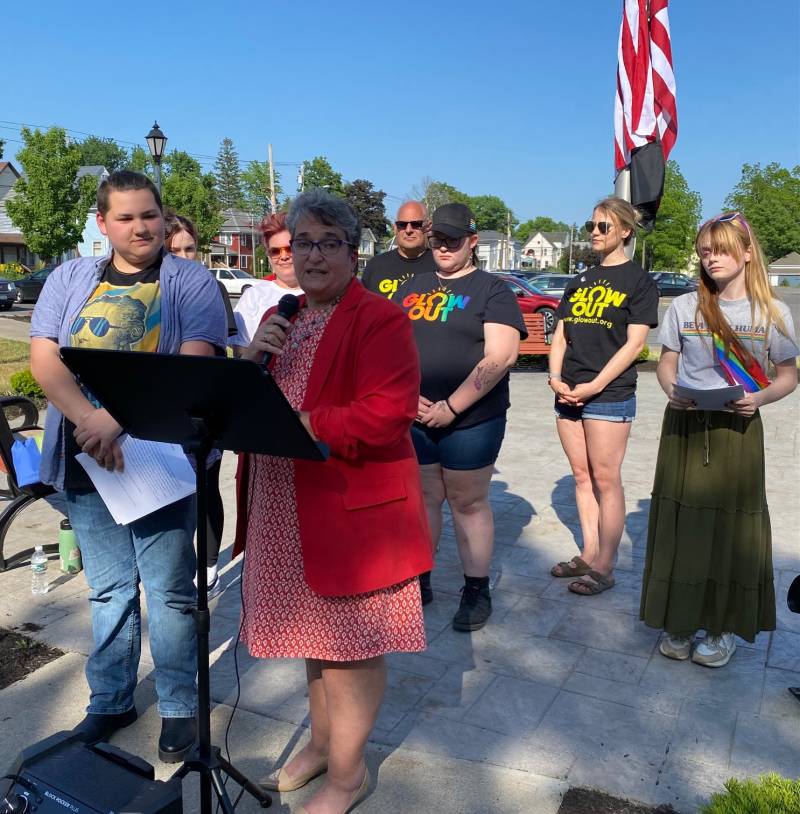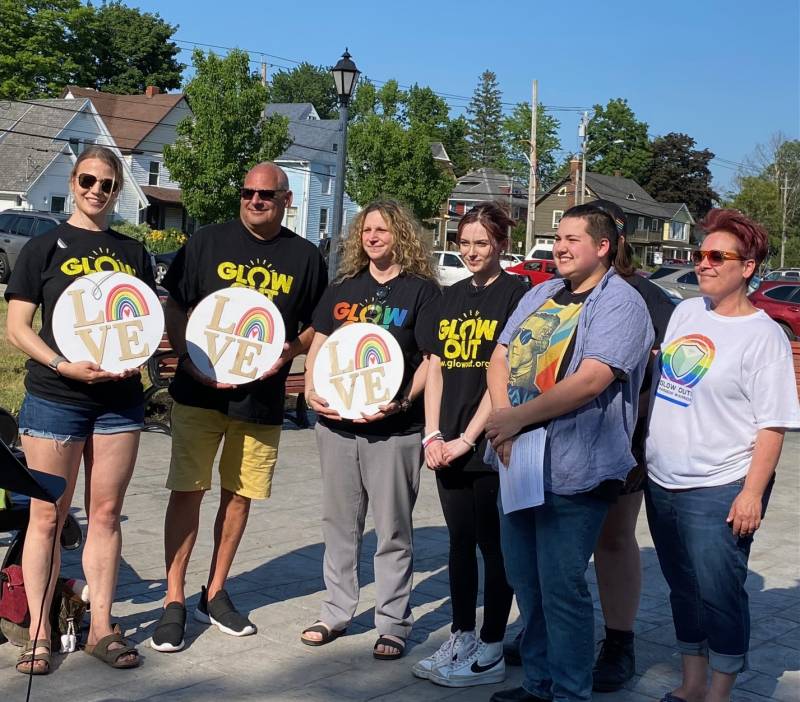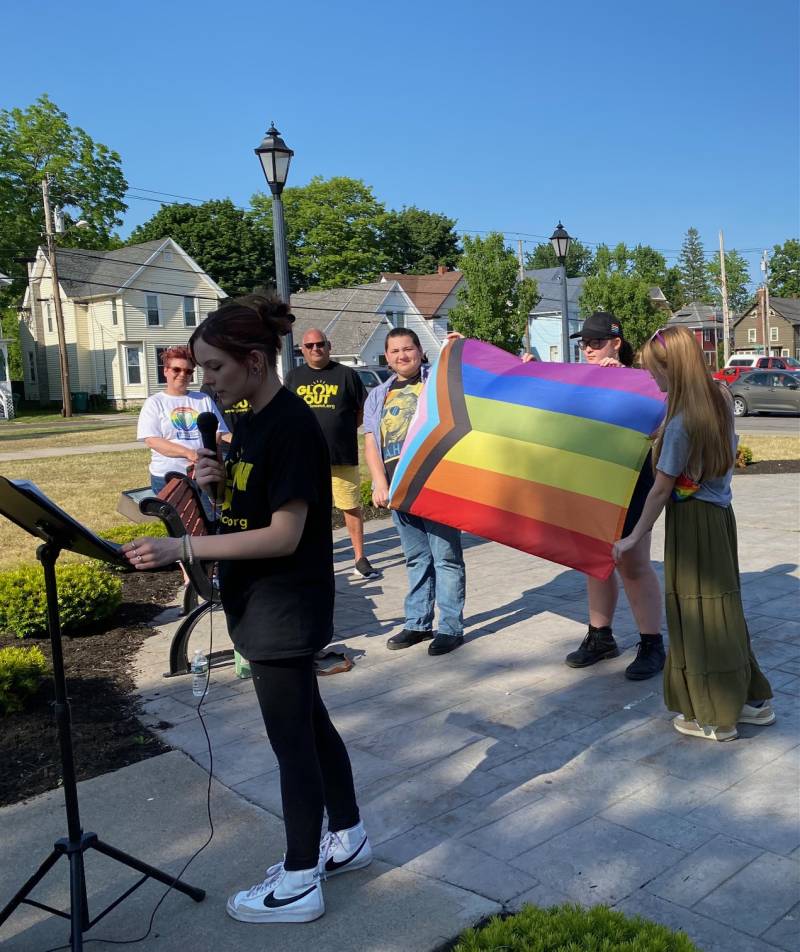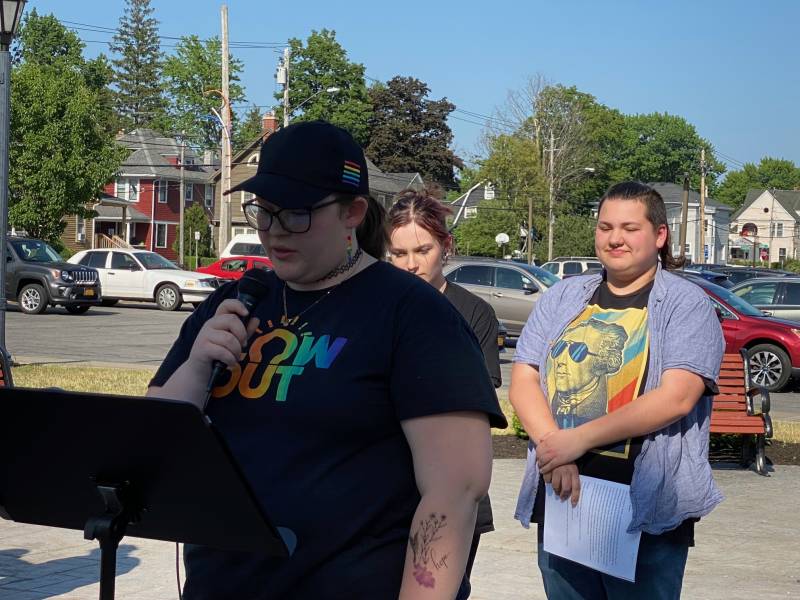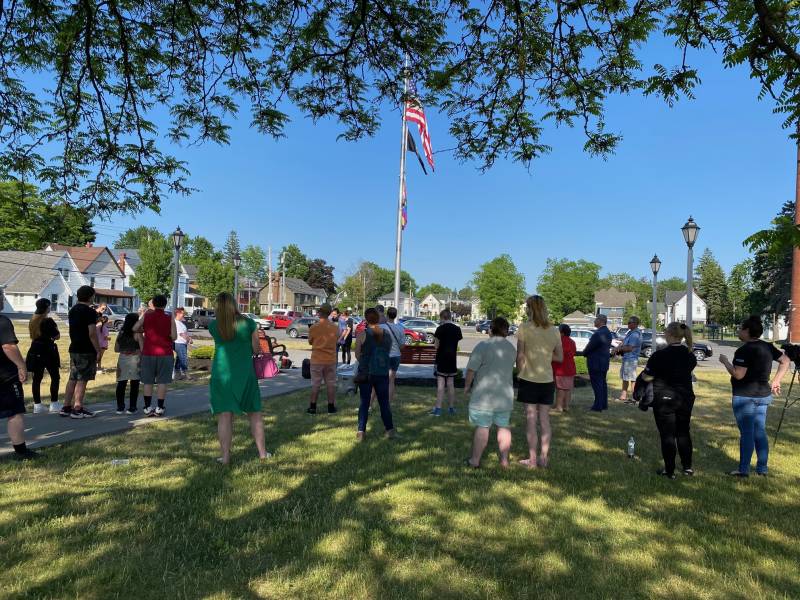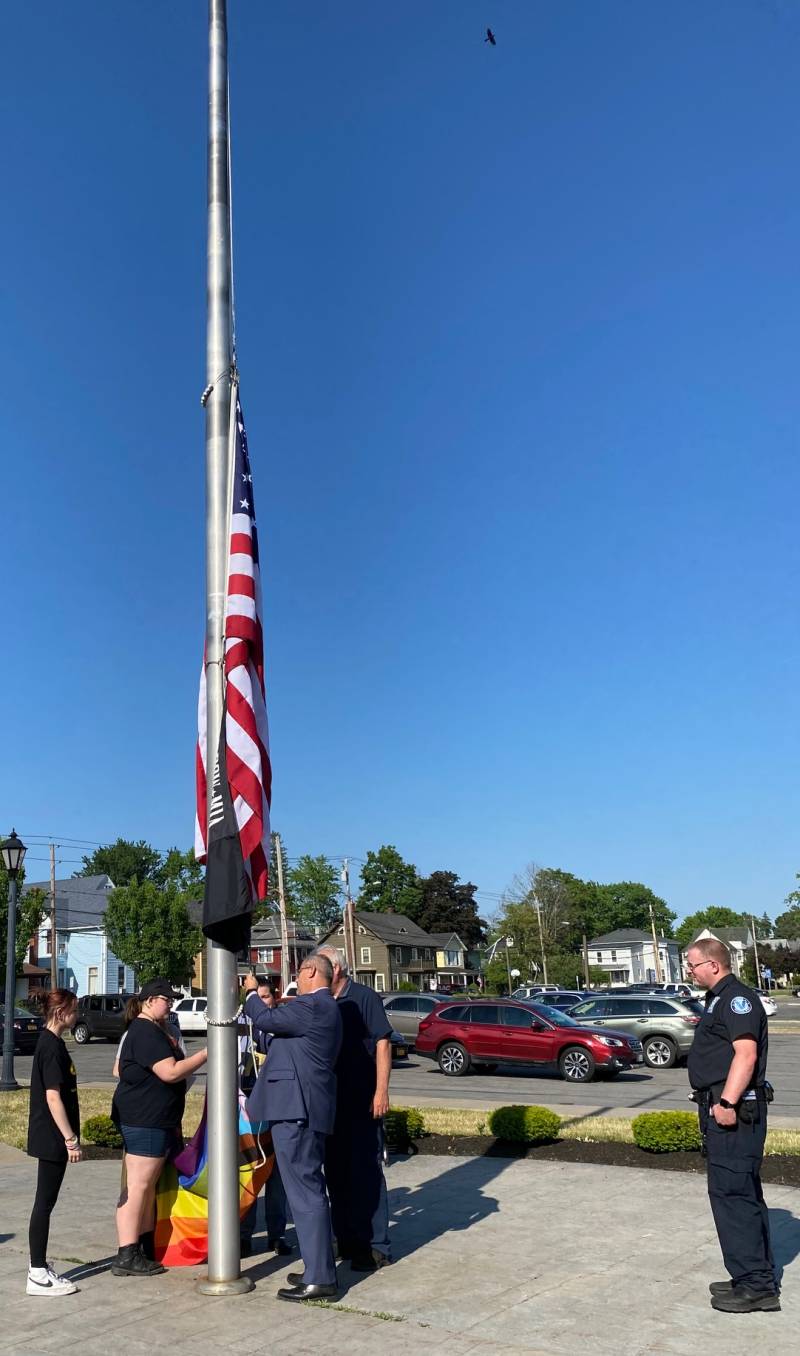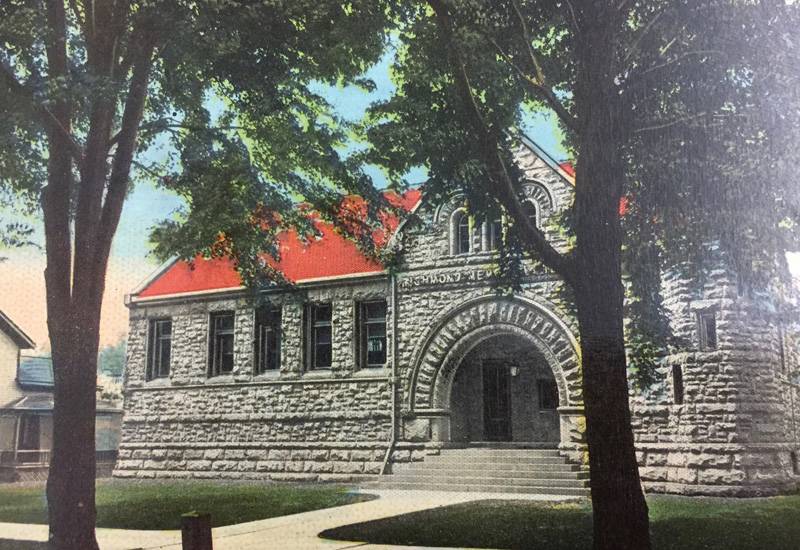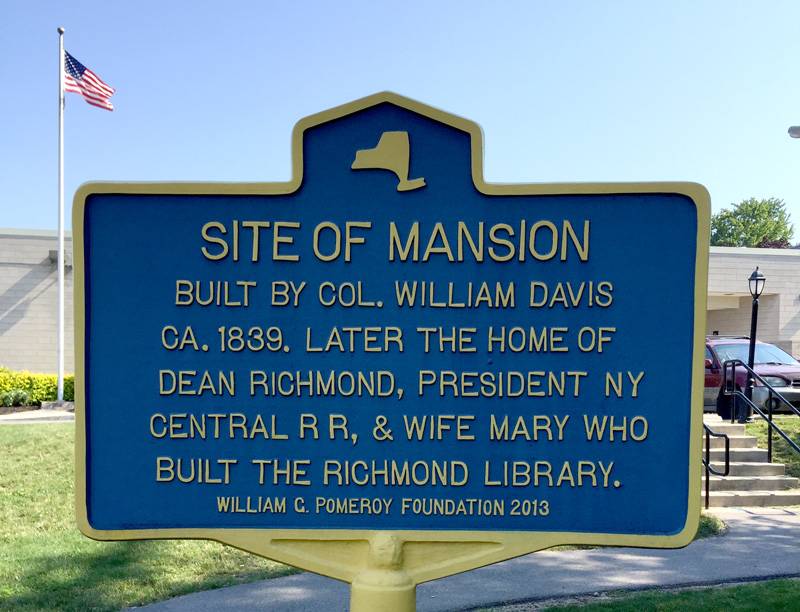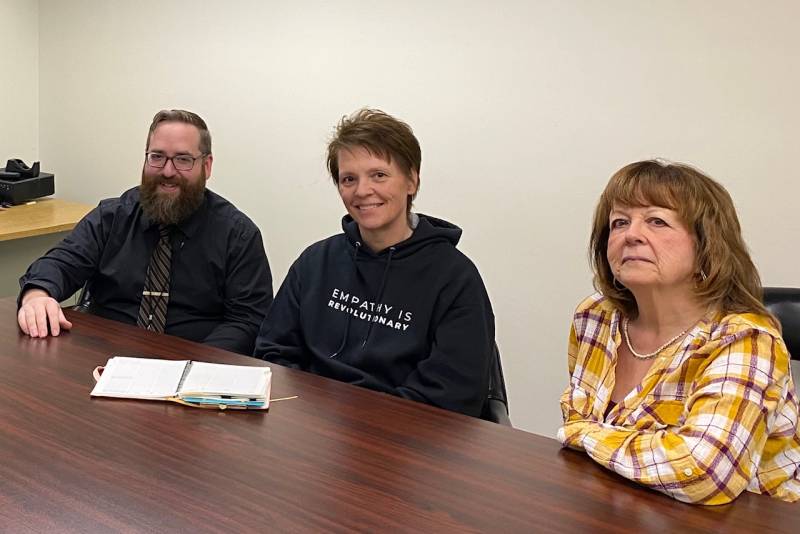Carolyn L Kurek, 80, of West Main Street, Batavia, is charged with trespass and harassment 2nd. Kurek is accused of refusing to leave a location on North Street. After a lengthy negotiation with police, according to the report, the officers attempted to physically remove her, and she allegedly kicked and scratched the officers. Kurek was issued an appearance ticket, transported to her apartment, and released.
Shane Kyle Logan, 50, of Meadville Road, Basom, is charged with criminal sexual act 3rd and incest 3rd. Logan was charged following an investigation by Investigator Kevin Forsyth for an act alleged to have occurred on Aug. 30 in Basom. He was ordered held on $5,000 bail.
Teesean T. Ayala, 24, of Walnut Street, Batavia, is charged with trespass, obstruction of governmental administration, and criminal impersonation. On May 21, at about 6:05 a.m., police officers were dispatched to Vine Street to investigate a report of a male walking onto driveways and checking car door handles. A possible suspect was identified who then fled from police on foot through backyards in the northeast section of the city. The suspect was eventually apprehended and identified as Teesean Ayala. He is scheduled to appear in City Court at a later date.
Richard A. Demmer, Jr., 30, no permanent address, is charged with petit larceny and falsifying business records. Demmer is accused of stealing property from a residence on Towne Place, Alabama, on May 24. He then allegedly falsified a bill of sale at Pawn King on Veterans Memorial Drive. Demmer was arraigned and was released on his own recognizance. The case was investigated by Deputy Jenna Ferrando and Investigator Erik Andre.
Madison Lee McKenzie, 19, of Creek Road, Batavia, is charged with criminal contempt 2nd and endangering the welfare of a child. McKenzie is accused of using Snapchat between May 28 and May 30 to send explicit messages and photos to a person under age 15 in violation of an order of protection. McKenzie was arraigned and released pending her next court appearance.
Heather N. Holbrook, 38, of Walnut Street, Batavia, is charged with criminal possession of a narcotic with the intent to sell and criminal possession of a controlled substance 4th. Holbrook was a subject of a traffic stop by Officer Wesley Rissinger on May 17 at an unspecified location in the City of Batavia. At the time of the stop, the Sheriff's Office held an arrest warrant for Holbrook. While being taken into custody, she was allegedly found in possession of a significant quantity of a narcotic. Holbrook was arraigned and released on her own recognizance. Also charged as a result of the traffic stop was Jeremy P. Holbrook, 40., of West Bergen Road, Bergen. He was charged with criminal possession of a controlled substance 7th. He was issued an appearance ticket.
Nathaniel L. Beglinger, 31, of Peaviner Road, Alexander, is charged with criminal possession of a controlled substance 7th, criminally using drug paraphernalia 2nd, and obstructed view. Beglinger was the subject of a traffic stop on May 17 on East Main Street, Batavia. He was allegedly found in possession of a controlled substance. He was issued an appearance ticket.
Rosemary R. Waters, 37, of East Main Street, Batavia, is charged with criminal possession of a controlled substance 7th. Waters was allegedly found in possession of a controlled substance during a traffic stop on East Main Street, Batavia, on May 17. She was arraigned and ordered held on $1 cash bail.
Chantel C. Holmes, 23, of Walden Creek Drive, Batavia, is charged with assault 3rd and criminal mischief 4th. Holmes was reportedly involved in a disturbance on May 7 on Ellicott Street, Batavia. She is accused of striking another person in the head with a shovel, which caused an injury. She is also accused of damaging property. Holmes was arraigned in City Court and released.
Donald F. Koziol, 55, of Franklin Street, Batavia, is charged with DWI and no/insufficient tail lamps. Koziol was stopped on May 14 on Ellicott Street by Officer Adam Tucker. He was released on an appearance ticket.
Ashley Davis, 34, of Walden Creek Drive, Batavia, is charged with DWI, unlicensed operator, and unsafe backing. Davis was arrested by Officer Andrew Mruczek on May 8 following an investigation into a report of a vehicle backing over a curb and striking another vehicle in a parking lot on North Street, Batavia. Davis was released on an appearance ticket.
A 17-year-old female resident of Ellicott Street, Batavia, is charged with harassment 2nd. The youth is accused of striking another person while in an unspecified park in the City of Batavia on May 15. The youth was arraigned in City Court and released.
Kevin M. McCoy, 56, of East Main Stree, Batavia, is charged with trespass and harassment 2nd. McCoy was allegedly involved in a fight at a business on East Main Street, Batavia, on May 12. He was arraigned and released on his own recognizance.
Lakeisha A Gibson, 36, of Park Road, Batavia, is charged with criminal contempt 2nd. Gibson is accused of failure to comply with a subpoena to appear at a trial. She was issued an appearance ticket.
Zakara R. Jackson, 19, of Trumbull Parkway, Batavia, is charged with criminal possession of a controlled substance 7th. Jackson was allegedly found in possession of a narcotic and drug paraphernalia when she was arrested on warrants on May 16. She was arraigned and released.
Jeanette L. Higgins, 47, of Ganson Avenue, Batavia, is charged with harassment 2nd. Higgins is accused of throwing an acquaintance to the ground during an argument on May 15. ßhe was issued an appearance ticket.
Jaqulyn Ann Dueppengiesser, 39, is accused of stealing an item from Walmart on Veterans Memorial Drive at 4:25 p.m. on May 23. Her release status is unknown.
Jared Evan Flaming, 36, of Genesee Street, Darien, is charged with acting in a manner injurious to a child less than 17 years old, criminal mischief, and harassment 3rd. Flaming is accused of damaging a mailbox on Gabbey Road, Pembroke, while walking at 8:15 p.m. on May 27. He is accused of screaming profanities at the time and threatening a caller in the presence of children. Flaming was held in the Genesee County Jail pending his arraignment.
Joshua Rashad Brown, 25, of Spalding Street, Elmira, is charged with criminal trespass 3rd and harassment 2nd. Brown is accused of entering an enclosed area of Darien Lake Theme Park on May 29 without permission. He was issued an appearance ticket.
Isrrael Obregon, Jr., 42, of Tucker Road, Walnut Cover, N.C., is charged with DWI, aggravated unlicensed driver 1st, misuse of dealer plate, unlicensed driver, and driver view obstructed. Obregon was stopped on May 29 at 4:22 on Pearl Street Road, Batavia, by Deputy Zachary Hoy. He was issued tickets and released.
Hunter M. Passage, 22, of Batavia, is charged with DWI. Passage was stopped by State Police on May 29 at 9:08 p.m. in the Town of Batavia. He was released on an appearance ticket.
Miguel A. Rendon Fuentes, 39, of Corfu, is charged with DWI and driving with a BAC of .08 or greater. Fuentes was stopped on May 29 at 12:06 a.m. by State Police, He was released on an appearance ticket.
Brian E. Daggar, 37, of Elba, is charged with DWI and aggravated unlicensed operation 3rd. Daggar was stopped by State Police in the Town of Batavia on May 27 at 12:41 a.m. He was released on an appearance ticket.
Lavar V. McKnight, 45, of Rochester, is charged with petit larceny and criminal contempt 1st. McKnight was arrested by State Police in connection with an incident reported on May 25 at 9:20 at an unspecified location in the Town of Batavia. He was ordered held. No further information released by State Police.
Trinity N. Wright, 20, of Syracuse, is charged with conspiracy 5th, grand larceny 3rd, and criminal possession of stolen property 3rd. Alexis M. Stackhouse, 26, of Syracuse, is charged with conspiracy 5th, reckless endangerment 1st, grand larceny 3rd, and criminal possession of stolen property 3rd. Noemi Morales, 23, of Syracuse, is charged with conspiracy 5th, possession of burglar tools, grand larceny 3rd, and criminal possession of stolen property 3rd. Wright, Stackhouse and Morales were arrested by State Police in connection with an incident reported on May 25 at 12:42 a.m. Both were ordered held in custody. No further information was released by State Police.











